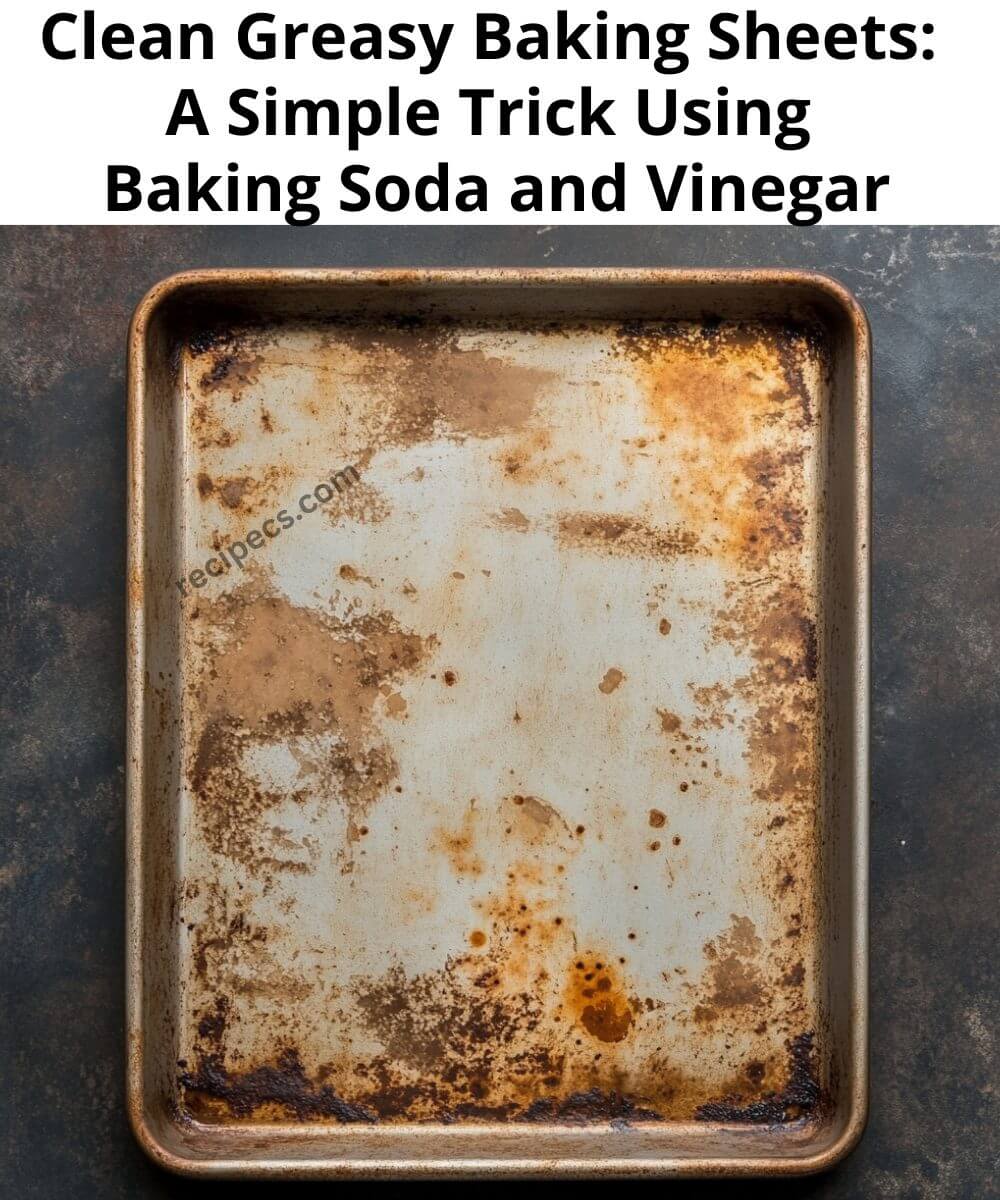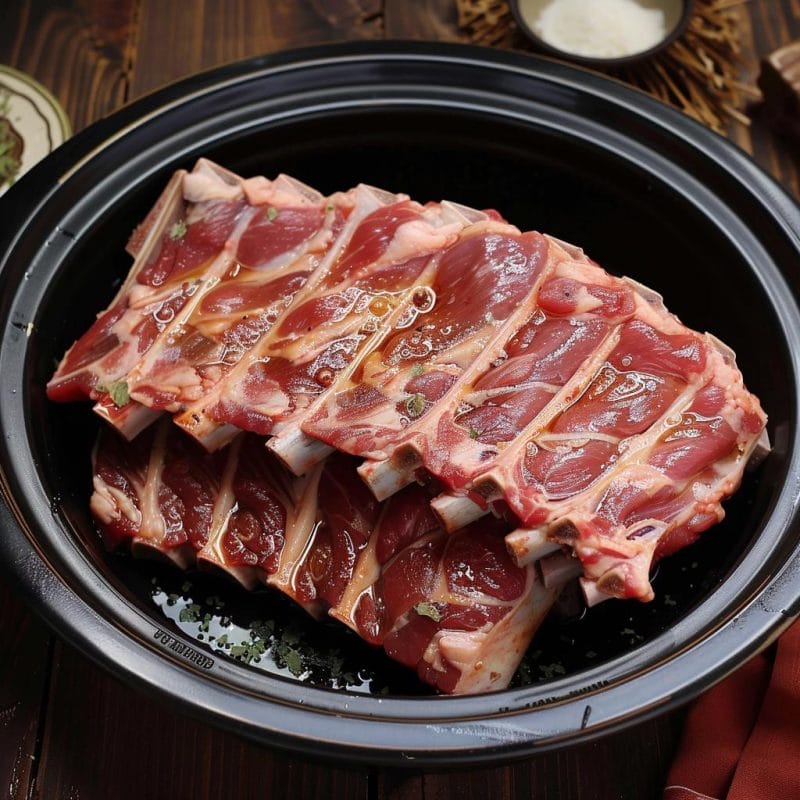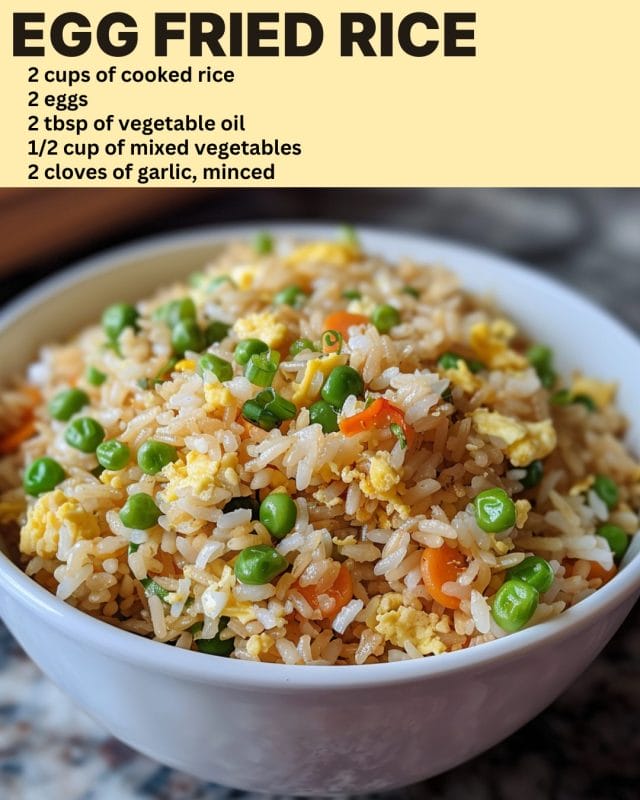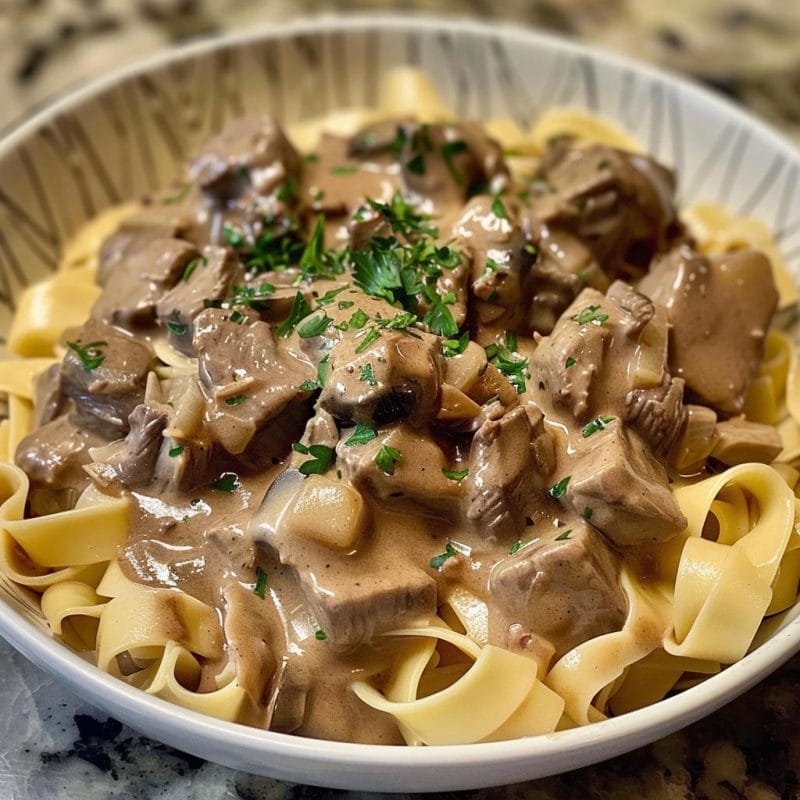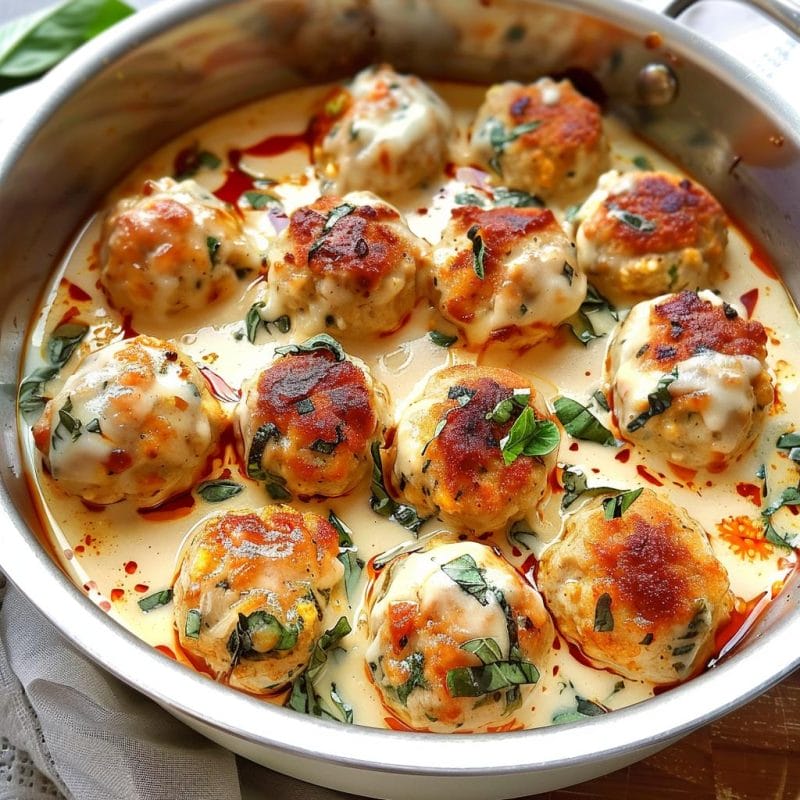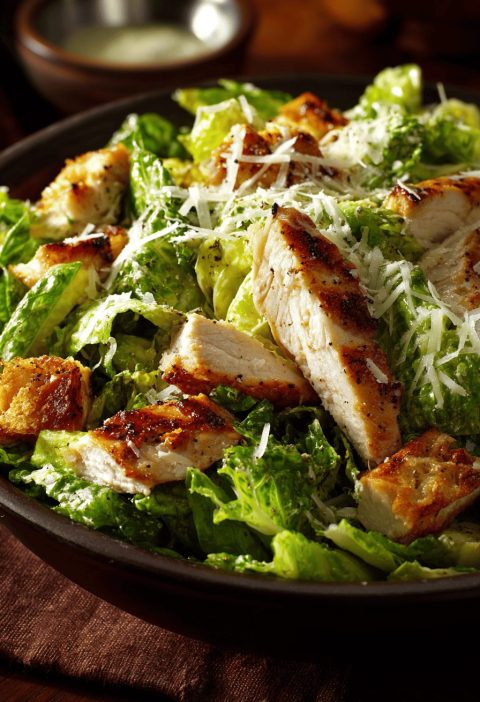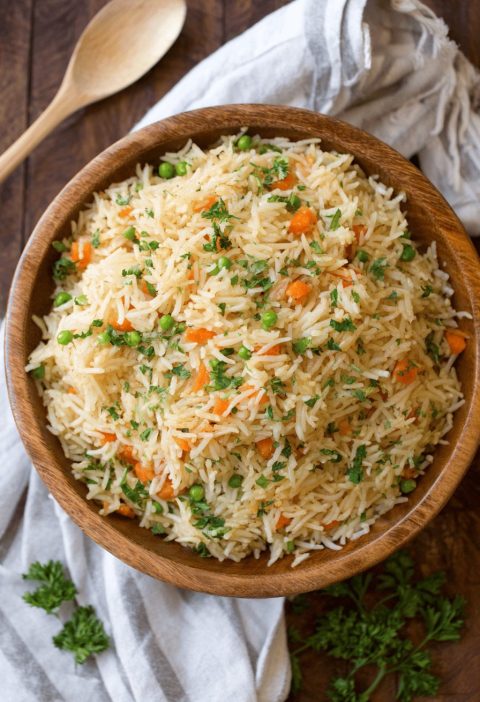Would you like to save this?
If you’ve ever baked a delicious meal only to be left with a greasy, burnt-on mess on your baking sheet, you know how frustrating it can be to get it clean. The stubborn residue can take hours of soaking and tedious scrubbing to remove. But what if I told you there’s a much easier way? There’s a simple method, passed down through generations—one that my grandma swore by. This trick will save you time and energy, leaving your baking sheet spotless without the need for harsh scrubbing. Here’s how it works.
The Secret Ingredient: Baking Soda and Vinegar
The trick my grandma taught me involves two common household items: baking soda and vinegar. These natural cleaning agents are not only highly effective but also non-toxic and safe for your kitchenware and the environment. Their unique chemical properties make them a powerful team for cutting through grease and grime.
Why Use Baking Soda?
Baking soda is a mild abrasive that can lift away grime without scratching surfaces. It’s also known for its deodorizing properties, making it ideal for tackling those greasy, smelly stains that can build up on your baking sheets over time.
Why Use Vinegar?
Vinegar is a natural acid that cuts through grease and grime by breaking it down, making it easier to remove. When combined with baking soda, it creates a fizzy reaction that helps to lift away tough, burnt-on stains, making cleanup a breeze.
The Step-by-Step Guide to Cleaning Your Baking Sheet
Follow these easy steps to get your baking sheets looking like new again, without the back-breaking scrubbing:
Step 1: Sprinkle Baking Soda
Start by sprinkling a generous amount of baking soda over the greasy areas of the baking sheet. Make sure to cover all the stubborn spots where the grease is most prominent. There’s no need to measure—just use enough to form a light, even coating over the surface.
Step 2: Add a Splash of Vinegar
Next, pour a small amount of vinegar over the baking soda. You’ll notice an immediate reaction as the baking soda starts to fizz and bubble. This fizzing action is a sign that the baking soda and vinegar are working together to break down the grease and lift it from the surface of the baking sheet.
Step 3: Let It Sit
Allow the baking soda and vinegar mixture to sit on the baking sheet for 15 to 30 minutes. This waiting period gives the natural ingredients time to work their magic, breaking down the grime and making it much easier to wipe away later.
Step 4: Wipe Away the Grime
After letting the mixture sit, take a damp sponge or cloth and gently wipe away the grease and residue. You’ll notice that the grime comes off easily, without the need for vigorous scrubbing. For particularly stubborn spots, use a soft-bristle brush or a scrubbing pad to gently loosen any remaining residue.
Step 5: Rinse and Dry
Finally, rinse the baking sheet with warm water to remove any remaining baking soda and vinegar. Dry the sheet thoroughly with a clean towel or paper towel, and admire your sparkling clean baking sheet!
Why This Method Works So Well
The secret behind this method lies in the combination of baking soda and vinegar. Baking soda’s mildly abrasive texture helps to gently scrub away surface grime, while vinegar’s acidic nature cuts through and breaks down the grease. The bubbling reaction between the two ingredients helps to lift even the toughest stains, allowing you to clean your baking sheet with minimal effort.
This method is especially effective because it’s gentle on your cookware. Unlike harsh chemical cleaners, which can leave behind toxic residues or damage non-stick surfaces, baking soda and vinegar are both safe and non-toxic. They’re also budget-friendly, making this an affordable cleaning solution that you can use again and again without worrying about harmful effects.
Additional Tips and Tricks
For Extra Stubborn Stains
If the grease is particularly stubborn, make a paste by mixing baking soda with a small amount of water before applying the vinegar. This thicker mixture can adhere better to vertical surfaces or tough spots, giving it more time to break down the grime.
Use Aluminum Foil for Scrubbing
For any spots that require a bit more abrasion, you can use a small piece of crumpled aluminum foil to gently scrub the area. It’s effective and still less harsh than using a steel wool pad, which can damage the surface of your baking sheet.
Avoid Letting Grease Build Up
To prevent grease from building up in the first place, try to clean your baking sheets as soon as they cool down after use. The longer the grease sits, the harder it becomes to remove. A quick wipe-down with warm, soapy water can make a big difference in preventing long-term buildup.
Baking Soda and Vinegar for Other Uses
This cleaning combination isn’t just for baking sheets. You can use it to clean your oven, stovetop, or even unclog drains. It’s a versatile solution that belongs in every kitchen, saving you time and effort across a variety of household tasks.
Why You Should Choose This Method Over Others
This cleaning method is more than just effective—it’s also gentle on your cookware. Unlike commercial cleaners that can contain harsh chemicals and leave behind residues, baking soda and vinegar are non-toxic, safe, and environmentally friendly. They won’t damage your baking sheets or cookware, and you can feel good knowing you’re using a natural, effective solution.
Final Thoughts
Cleaning a greasy baking sheet doesn’t have to be a daunting task. Thanks to my grandma’s tried-and-true method, you can save time and effort while keeping your cookware in pristine condition. The combination of baking soda and vinegar is a natural, effective way to tackle tough grease without the need for harsh scrubbing or harmful chemicals.
So, the next time you’re faced with a greasy mess, remember this simple trick and enjoy the ease of cleaning your baking sheets the way my grandma did—effortlessly and naturally. You’ll be amazed at how well this old-fashioned technique works, leaving your baking sheets looking as good as new with minimal effort!

